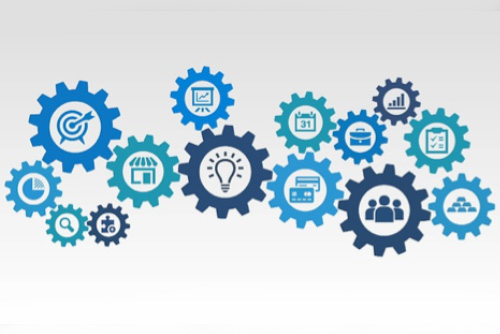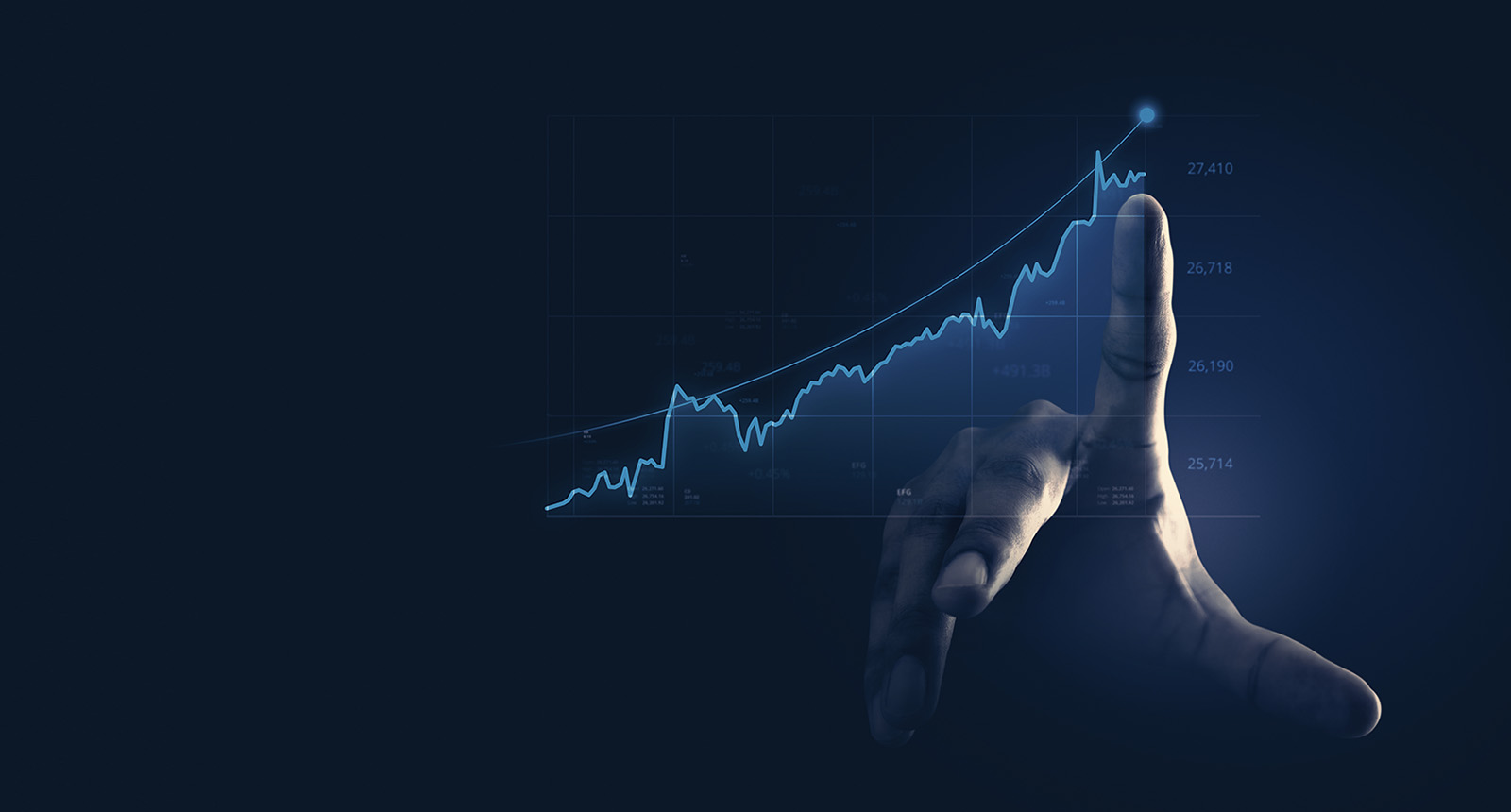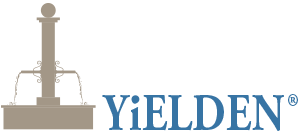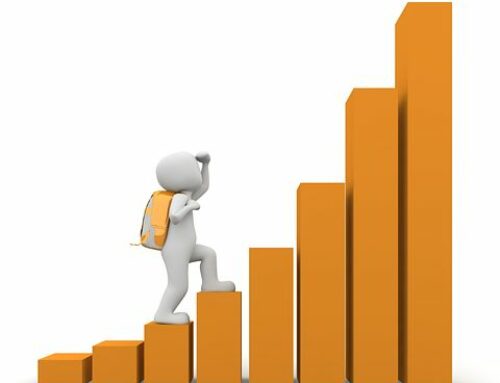The primary market for structured products or certificates refers to the initial sale of the products to investors.
This is in contrast to the secondary market, which is the market for trading structured products after they have been issued.
In this article, we will explore the primary market for structured products in greater detail, including how it works, the role of investment banks, and some of the key considerations for investors when purchasing structured products or certificates in the primary market.

The Primary Market for structured products.
When a structured product is initially created, it is typically issued by an investment bank or other financial institution. The issuer will design the product to meet specific investment objectives or goals, and will then offer it for sale to investors in the primary market.
The primary market for structured products can be accessed by a wide range of investors, including individuals, institutions, and financial advisors. Investors can purchase structured products directly from the issuer or through a broker or other financial intermediary.
There are a number of factors that can influence the primary market for structured products.
One key factor is the level of demand for the product. If there is strong demand for a particular structured product, the issuer may be able to sell a larger volume of the product and potentially realize a higher return.
On the other hand, if demand is weak, the issuer may struggle to sell the product and may need to offer it at a discount or adjust the terms of the product in order to make it more appealing to investors.
Another factor that can impact the primary market for structured products is the level of competition among issuers. If there are a large number of issuers offering similar products, it can be more difficult for any one issuer to stand out and attract investors. In this case, the issuer may need to offer more attractive terms or a higher return in order to differentiate their product from those of their competitors.
For investors, there are a number of considerations to take into account when purchasing structured products in the primary market. One key consideration is the issuer’s reputation and track record. It is important for investors to thoroughly research the issuer and understand their financial strength and stability, as well as their history of issuing structured products.
Another important consideration is the terms of the product. Investors should carefully review the terms of the structured product, including the underlying assets, the investment strategy, and the potential risks and rewards. It is also important for investors to understand the fees and charges associated with the product, as well as any potential tax implications.
Investors should also be aware of the potential risks of investing in structured products in the primary market. One key risk is the possibility of issuer default, which occurs if the issuer is unable to fulfill their obligations under the product. This could lead to a loss of the investor’s principal investment or a reduction in the return they were expecting to receive.
There are a number of benefits to investing in structured products in the primary market. One key advantage is the ability to customize the product to fit the needs of the investor. This can be especially useful for investors with specific investment goals or risk tolerance levels, as it allows them to create a product that is tailored to their individual needs.
Overall, the primary market for structured products can be a useful way for investors to access a wide range of investment opportunities and meet specific investment goals. However, it is important for investors to carefully consider the terms of the product and the potential risks and rewards before making an investment.
Get Started with YiELDEN




